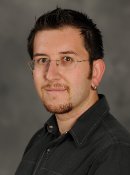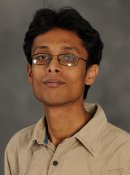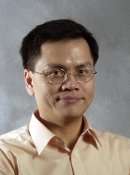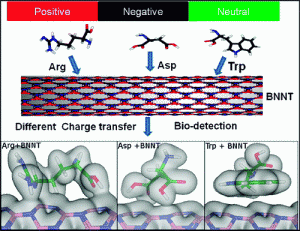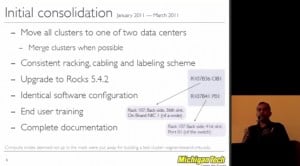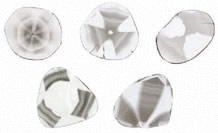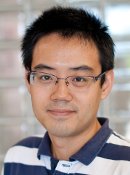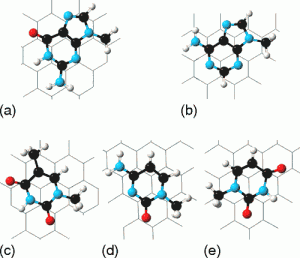2014 ATM Seminar Series Continues
The following two presentations will be presented on Monday, March 31, 4 p.m. in Fisher 126: “A Study of Chemical Climatology for Pico Mountain Observatory” by Bo Zhang and “Evolution of Soot Morphology in Controlled Laboratory Conditions: Effect of Relative Humidity and Organic Coating” by Noopur Sharma.
